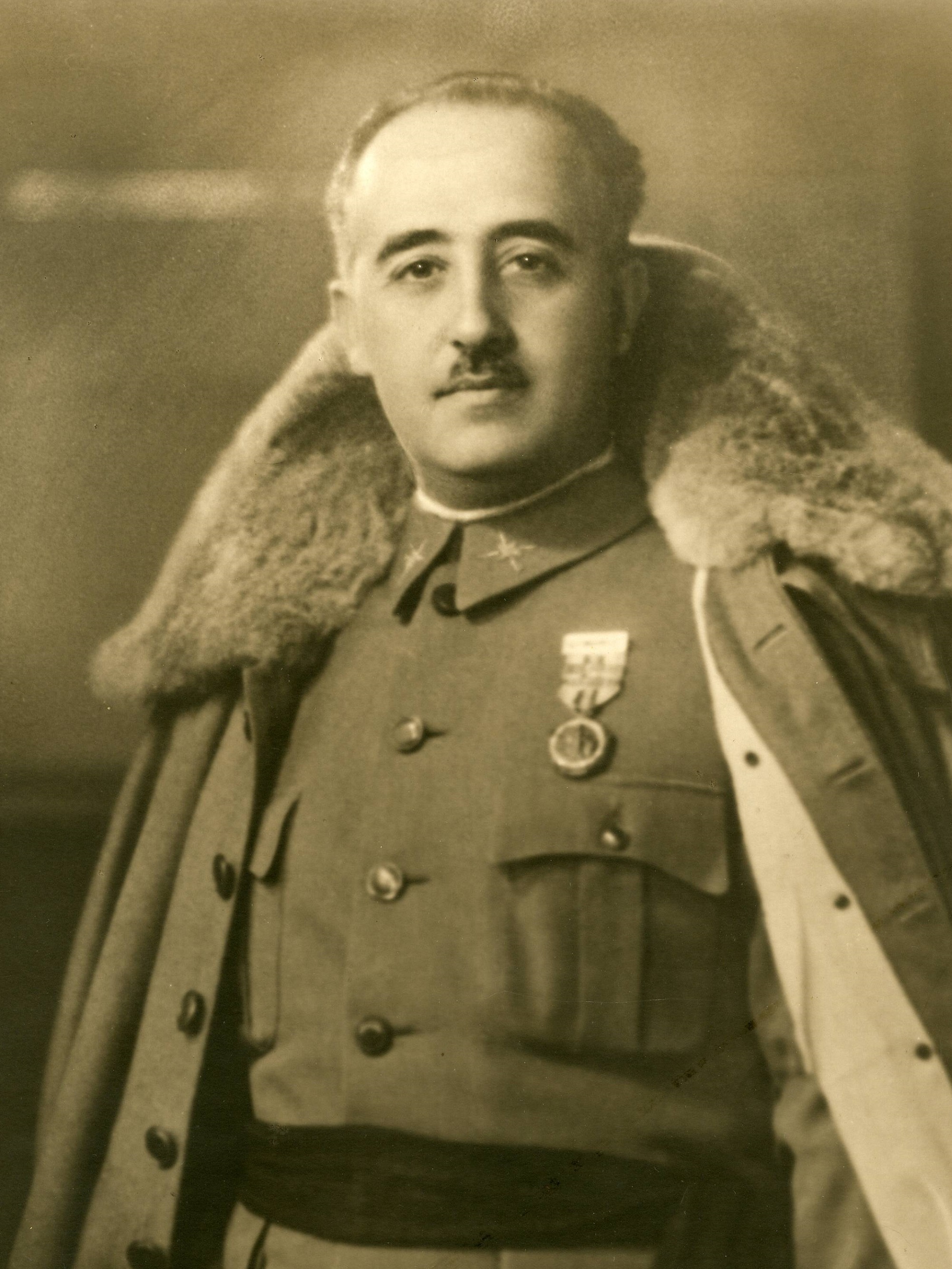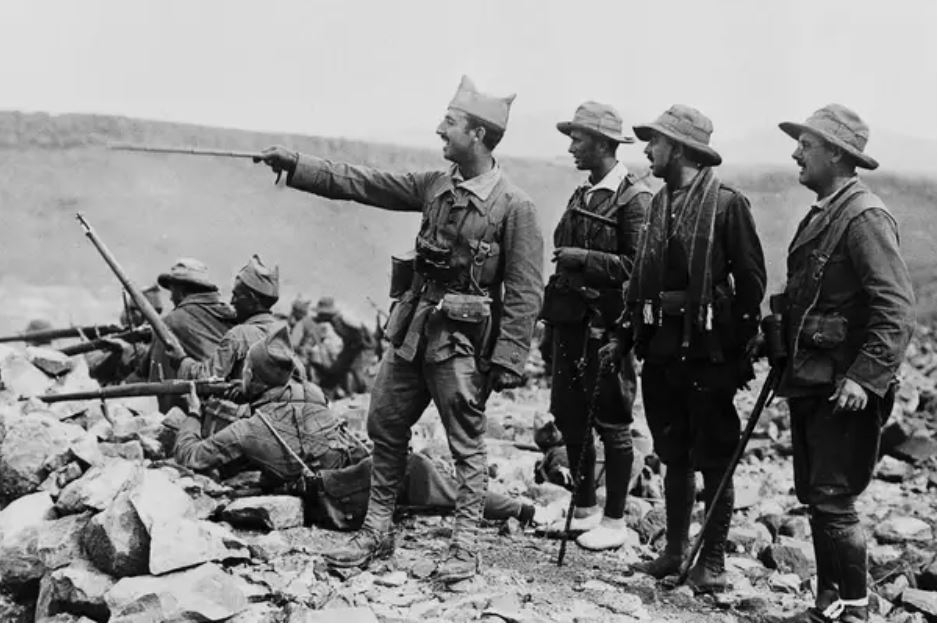Franco during the Spanish civil war
Following a number of scandals that weakened the Radicals, one of the parties of the governing coalition, parliament was dissolved, and new elections were announced for February 1936. By this time the Spanish political parties had split into two factions: the rightist National Bloc and the leftist Popular Front. The left proved victorious in the elections, but the new government was unable to prevent the accelerating dissolution of Spain’s social and economic structure. Although Franco had never been a member of a political party, the growing anarchy impelled him to appeal to the government to declare a state of emergency. His appeal was refused, and he was removed from the general staff and sent to an obscure command in the Canary Islands. For some time he refused to commit himself to a military conspiracy against the government, but, as the political system disintegrated, he finally decided to join the rebels.
At dawn on July 18, 1936, Franco’s manifesto acclaiming the military rebellion was broadcast from the Canary Islands, and the same morning the rising began on the mainland. The following day he flew to Morocco and within 24 hours was firmly in control of the protectorate and the Spanish army garrisoning it. After landing in Spain, Franco and his army marched toward Madrid, which was held by the government. When the Nationalist advance came to a halt on the outskirts of the city, the military leaders, in preparation of what they believed was the final assault that would deliver Madrid and the country into their hands, decided to choose a commander in chief, or generalissimo, who would also head the rebel Nationalist government in opposition to the republic. Because of his military ability and prestige, a political record unmarred by sectarian politics and conspiracies, and his proven ability to gain military assistance from Adolf Hitler’s Germany and Benito Mussolini’s Italy, Franco was the obvious choice. In part because he was not a typical Spanish “political general,” Franco became head of state of the new Nationalist regime on October 1, 1936. The rebel government did not, however, gain complete control of the country for more than three years.

